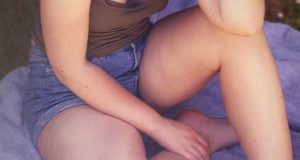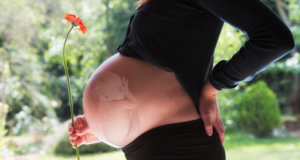New mothers have to understand their baby’s soft spot which is called the fontanel. This is the soft spot that is seen and felt on top of a baby’s head. This part allows the bony plates that comprise the skull to be flexible so that the baby’s head may be able to get through the limited dimension of the birth canal. However, the soft spot or the fontanel closes when the baby is about 18 to 24 months old.
A new mother may be scared or hesitant to touch her baby’s soft spot or the fontanel. This part is made up of materials that are fibrous and it covers the brain of the baby just beneath the top of the head. Though it is soft to touch, it is able to protect the baby’s brain. The structure of the fontanel also protects the baby when he or she falls head down first. This is often the case as babies’ heads are quite bigger and heavier than the other parts of their body.
Although the sizes of the baby’ soft spot or fontanels vary, extra large ones may indicate some medical conditions. Further tests and medical examinations may be needed for babies that are found out to have some medical conditions. At times the condition of the fontanel may tell something more about the health of the baby. As such, when a mother observes her baby’s soft spot or fontanel to appear sunken, it may indicate that the baby is dehydrated.
When the fontanel is bulging, this may indicate that there is pressure building in the brain of the baby. However, mothers have to make sure so they need to bring their babies to their pediatricians or to medical doctors to determine what may be causing it. Though the fontanel may be the baby’s soft spot, it is safe for the new mother to touch it and to wash the hair on it at bath time.
Though the fontanel is expected to close at a certain time, premature closing may also happen. In some instances it may not close even if the baby has reached 27 months already. In any of the cases, mothers will have to bring their babies to their doctors for proper diagnosis and treatment if necessary. New mothers do not have to worry about the baby’s soft spot or the fontanel. In time, it will close and as their babies grow and develop.
Image courtesy of Bridget Coila at Flickr.com
 Mums and Bubs
Mums and Bubs





